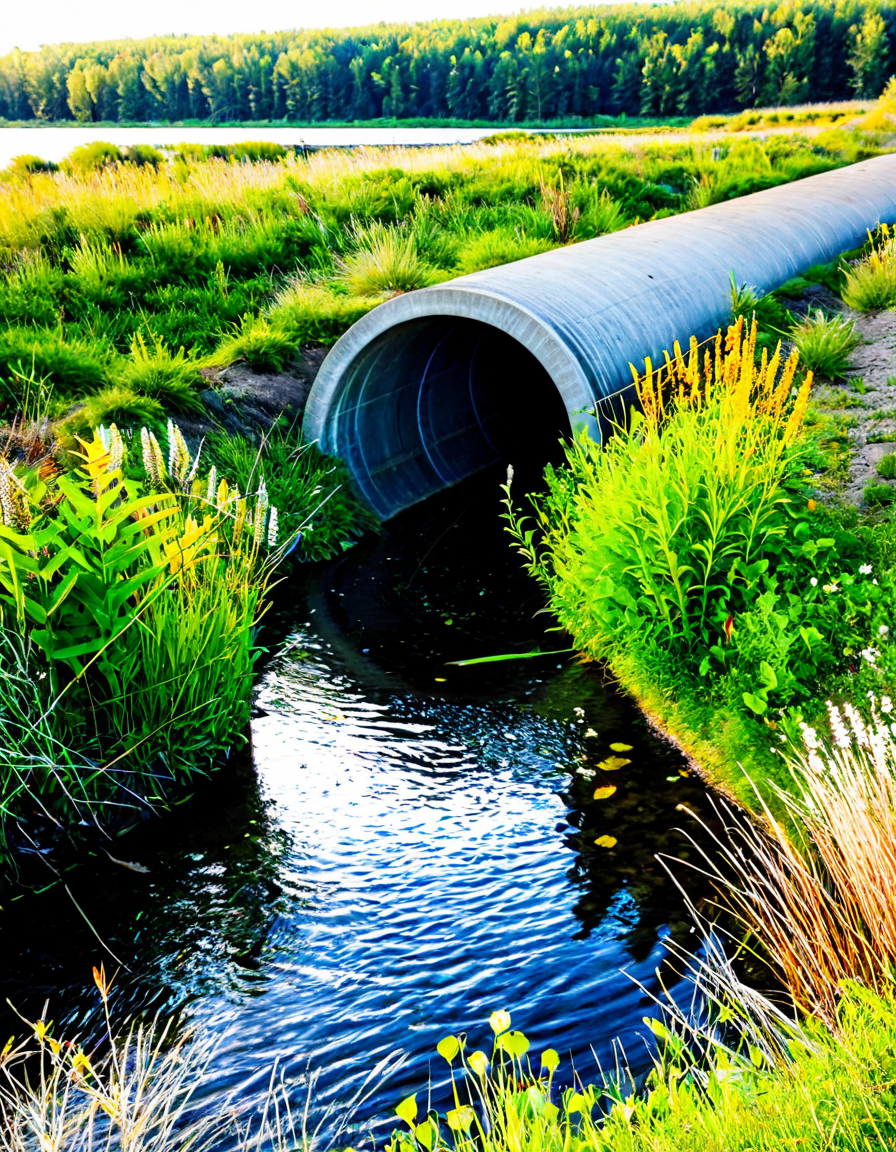When we talk about effective water management, culvert pipes pop up as unsung heroes. These essential structures are crucial in directing water flow under roads, railways, and other infrastructures, ensuring our waterways remain unobstructed. As we grapple with climate change and its unpredictable weather patterns, the importance of culvert pipes grows ever more critical for sustainable practices in drainage management. Just think about it—without properly installed culverts, we’d be facing more flooding and erosion.
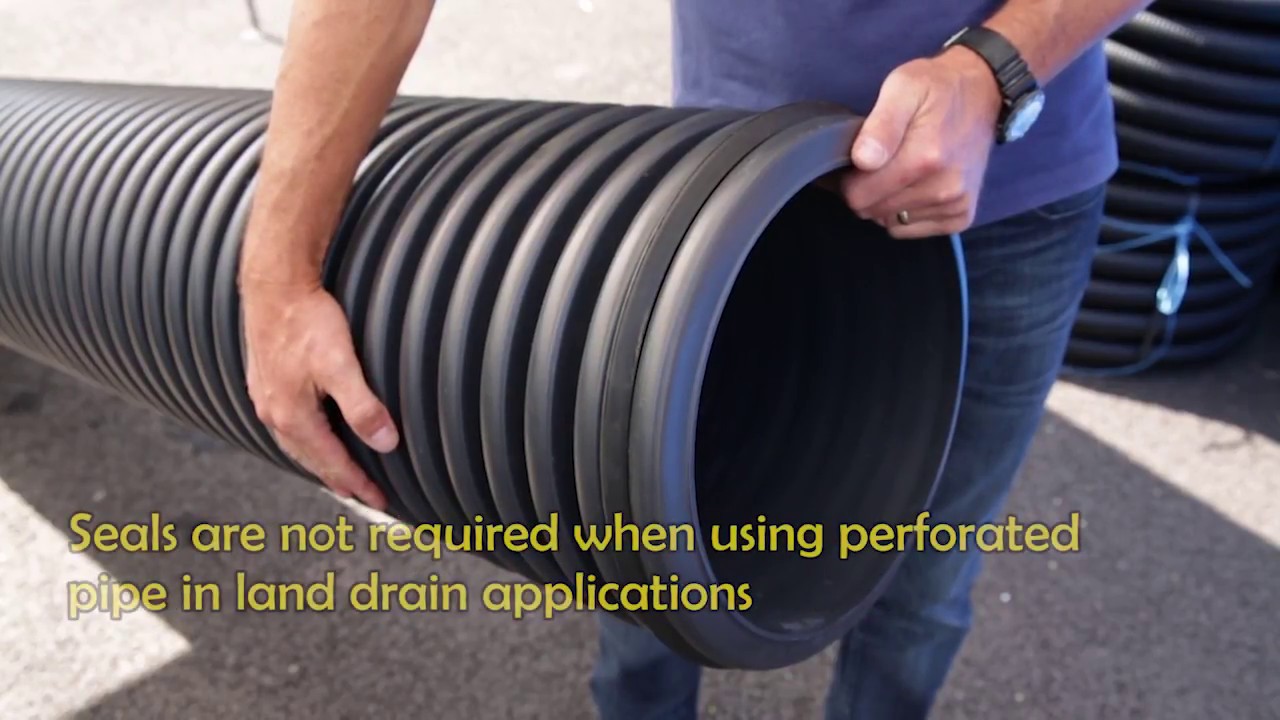
Understanding the Role of Culvert Pipe in Effective Water Management
Culvert pipes are the backbone of modern drainage systems. Whether made from concrete, steel, or plastic, their role is simple yet vital: directing water flow beneath barriers like roads. Take a moment to appreciate how these pipes help prevent seasonal waterways from overflowing and washing out infrastructure. The simple yet effective design of a culvert pipe allows for seamless water flow, making it easier for municipalities to manage stormwater runoff.
With rapid urban development, culverts need to evolve. Engineering advancements have given us innovative materials like high-density polyethylene (HDPE), which offers not just durability but a smoother internal surface to promote better water flow. This means less flooding and less risk of soil erosion. When storms hit, it’s the culvert pipe working behind the scenes that keeps cities functioning smoothly, ensuring rainwater drains away quickly and efficiently.
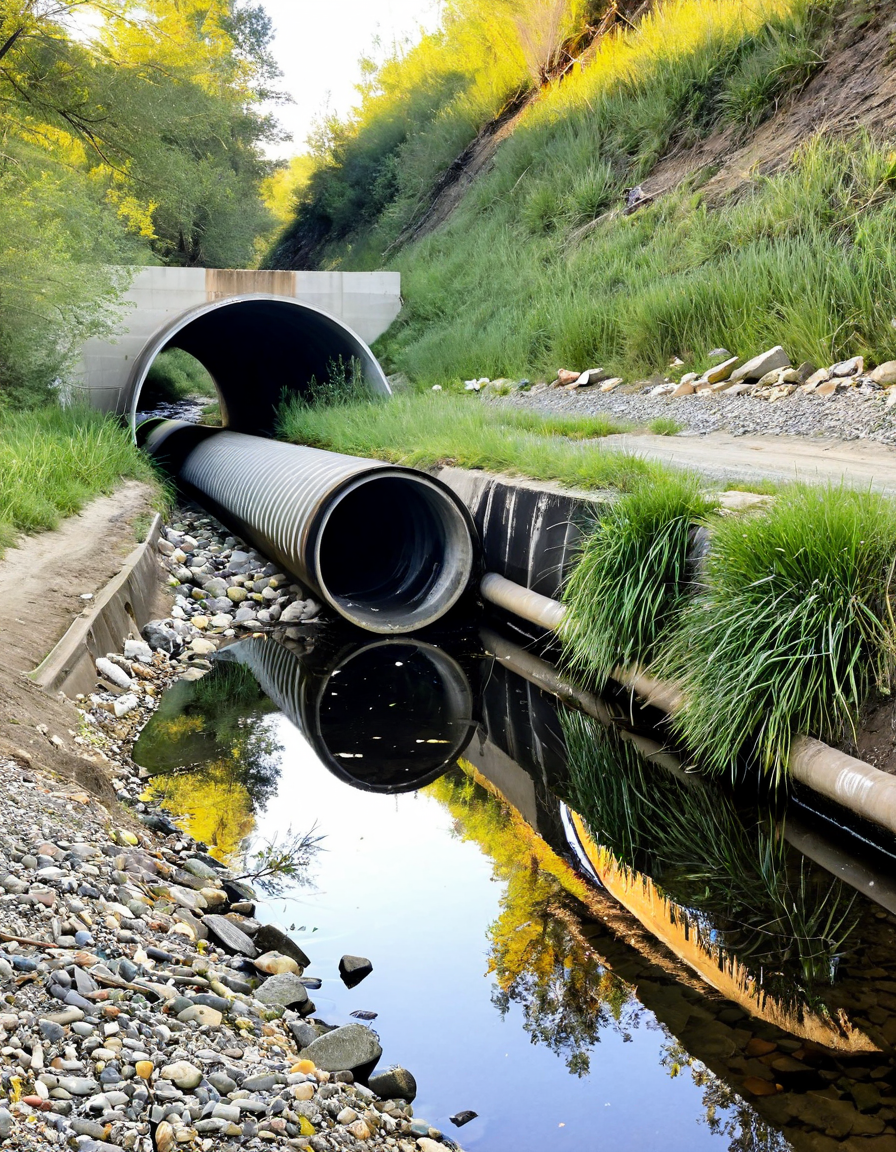
Top 7 Beneficial Attributes of Culvert Pipes for Transforming Water Flow
1. Enhanced Water Flow Efficiency
Culvert pipes can significantly optimize water flow, especially in irrigation and drainage systems. For example, ADS (Advanced Drainage Systems) has set benchmarks with its HDPE pipes, which boast smooth interiors that drastically reduce friction and boost flow rates. These pipes contribute not only to quicker drainage but also improve overall water conservation in agricultural fields. When the water flows more effectively, everyone stands to benefit—from farmers to city engineers.
2. Reduction of Erosion Risks
Managing water flow effectively means tackling soil erosion, a critical issue for many areas. Take the 12” x 20’ HDPE culvert pipe from NDS as a case study. This culvert can manage substantial runoff during heavy rainfall, helping protect riverbanks from collapsing. Preventing erosion isn’t just about protecting the landscape; it’s about safeguarding environmental ecosystems that depend on soil stability.
3. Sustainable Water Retention Practices
Culvert pipes have been cleverly integrated into systems that promote water retention, particularly in agricultural settings. Farms implementing SmartDrain solutions showcase how culverts can work alongside permeable surfaces for enhanced groundwater replenishment. By effectively managing runoff and promoting infiltration, culvert systems can significantly aid in water conservation.
4. Wildlife Passage and Habitat Protection
On top of supporting efficient water flow, many culverts serve as wildlife corridors, allowing animals safe passage beneath surfaces that might otherwise block their paths. EcoBlocks offers the Flexible Culvert, designed with textured surfaces to provide both water flow and animal navigation. This creates a safe haven for wildlife while allowing roads to function as intended.
5. Cost-Effectiveness and Durability
Durability is a word you often hear surrounding culvert pipes. The longevity and resistance to corrosion make them a smart financial choice for municipalities. Metal pipes from Contech Engineered Solutions are galvanized to enhance their lifespan, which means fewer replacements and lower maintenance costs in the long haul. Investing in such durable culvert pipes equates to significant savings down the road.
6. Mitigation of Flooding
Urban areas are particularly prone to flooding, making effective drainage even more crucial. Prefabricated concrete box culverts from Oldcastle Infrastructure can manage large volumes of water without excessive excavation or disruption. Installing these systems can be quick and relatively straightforward, helping cities adopt better practices to manage stormwater effectively.
7. Easy Installation with Innovative Design
The ease of installation for culvert pipes is another crucial attribute. Innovations, such as bolted joint systems created by Humes, have streamlined the installation process. These advancements reduce labor costs and time, making it cheaper and faster to implement effective drainage solutions across various environments. Quick installation translates to rapid resolutions in water management issues, benefiting communities everywhere.
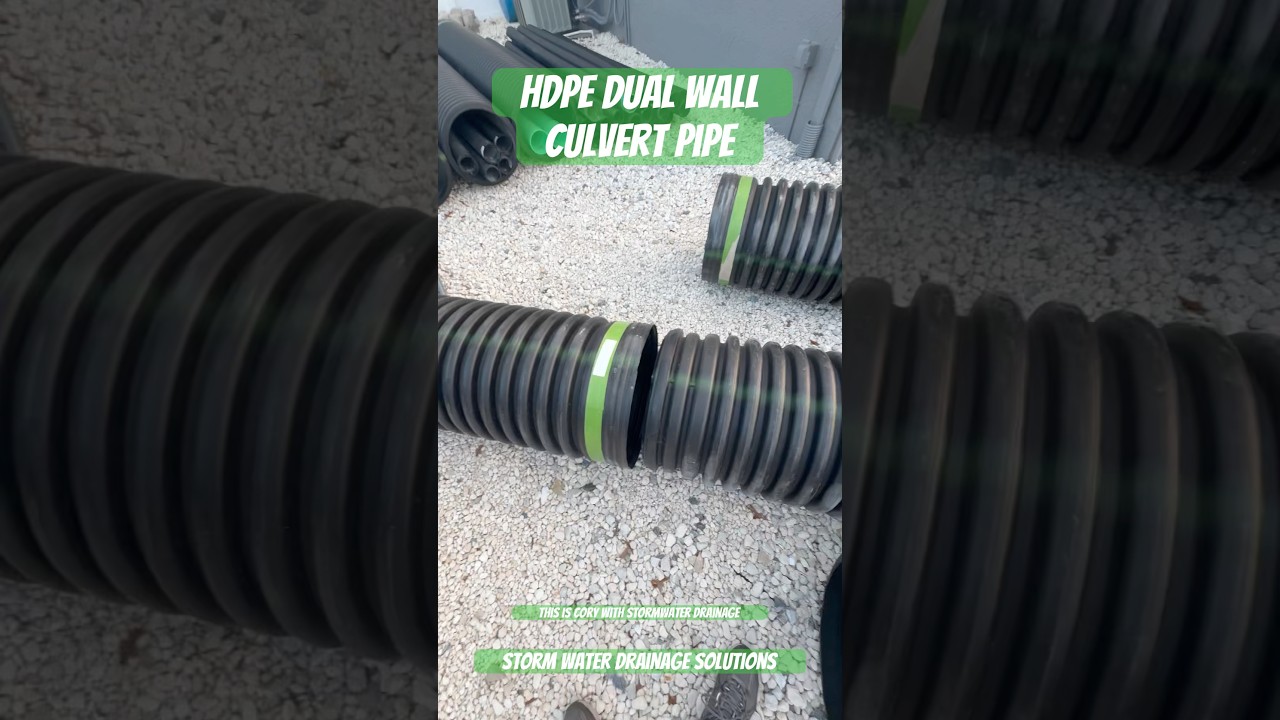
The Importance of Proper Installation: The Culvert Pipe Washer Connection
We can’t talk about culvert pipes without mentioning the essential role of installation. When it comes to ensure leaks don’t become a problem, proper sealing around the joins is crucial. This is where culvert pipe washers come in handy. They help maintain a tight fit, minimizing leaks that could jeopardize water flow and structural integrity.
Using high-quality washers, like those offered by J&R Products, can preserve the effectiveness of culverts over time. If you skimp on the little details like this, you might end up facing more frequent repairs or worse—potential flooding. It’s all about the seamless connection; after all, a chain is only as strong as its weakest link.
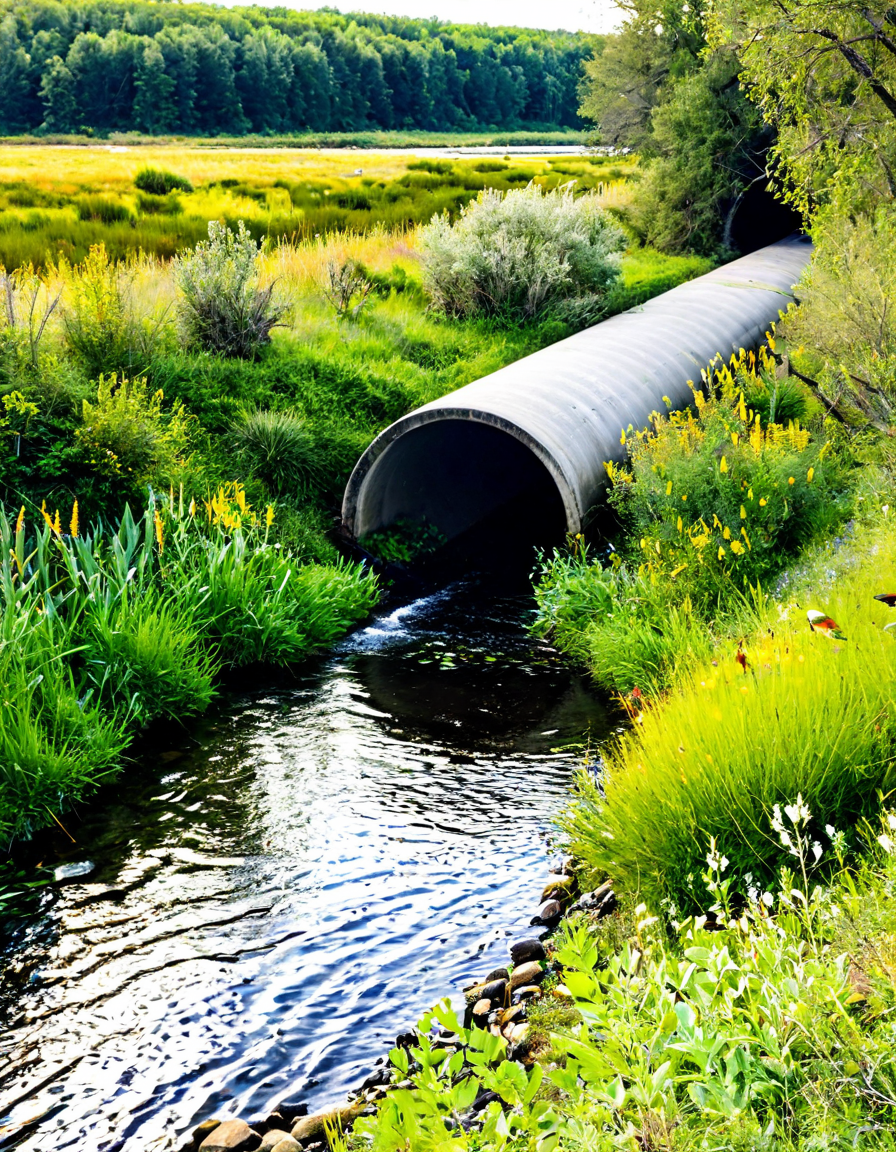
Future Considerations and Innovations in Culvert Design
As we adapt to our changing climate, the technology behind culvert pipes must evolve too. One of the most promising innovations includes smart drainage systems equipped with IoT sensors, allowing for real-time monitoring of water levels and flow rates. This data will help municipalities plan maintenance schedules effectively while also responding quicker during storm events.
Further, the emergence of biodegradable culvert pipes crafted from sustainable materials hints at the green future of engineering. These innovations reflect growing awareness and responsibility within the industry, showcasing how we can balance infrastructure needs with environmental sustainability. The more we automate and innovate, the better we’ll manage our natural water systems.
In conclusion, understanding the myriad benefits of culvert pipes is essential as we confront challenges like flooding and climate change. Each component of the culvert pipe system—from the right washer to smart technology—plays an essential role in creating a more resilient infrastructure. By prioritizing high-quality culvert pipes and adopting best practices, we can significantly improve our approach to water flow management and foster a sustainable future for generations to come. Embodying the passion of innovators like Elon Musk and the scientific clarity of experts like Neil deGrasse Tyson, let’s take these insights to heart as we innovate and improve our water management strategies.
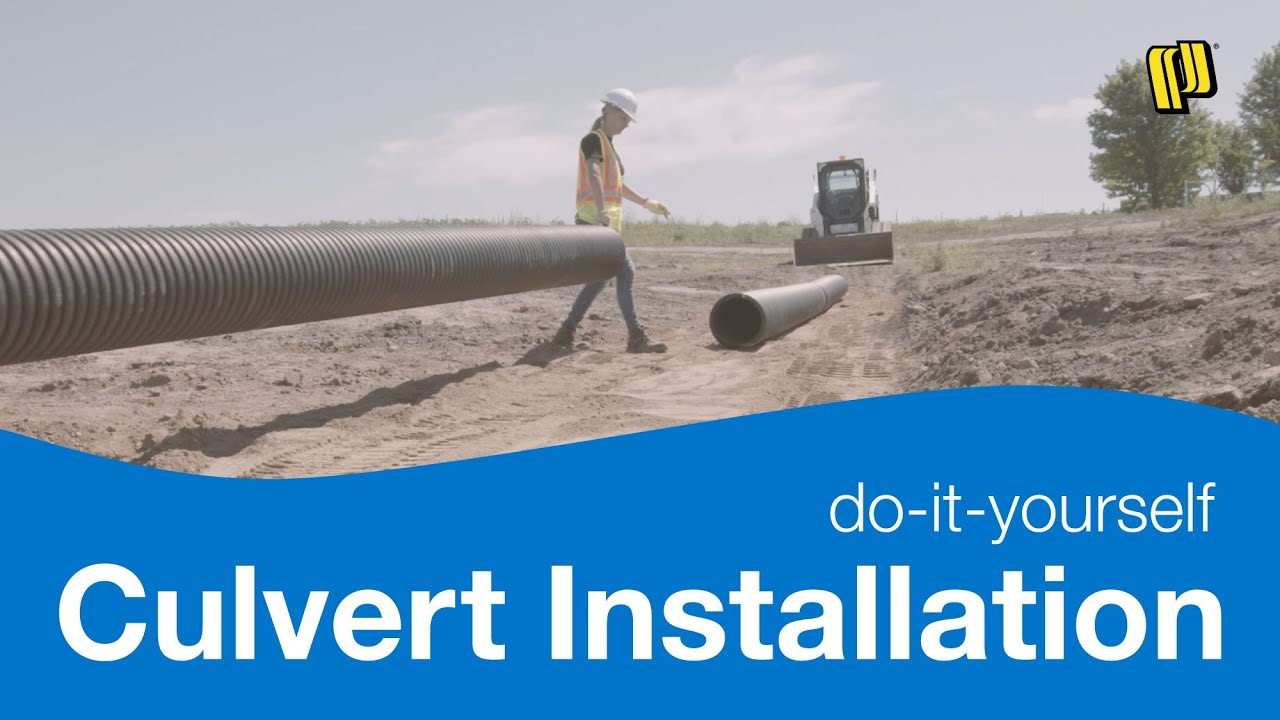
Culvert Pipe: Fun Trivia and Interesting Facts
A Quick Dive into History
Culvert pipes might seem mundane, but their history is surprisingly fascinating. Did you know that some of the earliest known culverts date back to ancient Rome? Those innovative engineers designed them for a reason: to manage floodwaters and protect roads. Talk about foresight! Today, culvert pipes are a critical element in modern infrastructure, helping to control water flow and protect both roads and ecosystems. They’re like the unsung heroes of civil engineering, quietly fighting back against nature’s tempests, much like how a plate Compactor steadies the ground for construction work.
Fun Facts About Their Benefits
Culvert pipes aren’t just practical; they come with some pretty nifty benefits. For one, they can be made from various materials such as concrete, steel, and plastic—think of it as choosing the best butter slime recipe for ultimate fun. And you’d be surprised at how versatile they are! Depending on their design and placement, culvert pipes can help maintain local water quality and wildlife habitats. They serve as a bridge for animals crossing roads, minimizing the chances of dangerous encounters—kind of like avoiding those wrong way signs you might see while driving.
Modern Applications and Popular Uses
Today, culvert pipes are getting more recognition for their pivotal role in green infrastructure. They help recharge groundwater and can manage stormwater runoff with flair. Interestingly enough, urban planners are also advocating for their use in various projects—a trend that complements the evolution of sustainable building practices. Think of it as akin to putting on your Nike Metcon 4 shoes: you need the best tools to tackle any workout, just like they need the best materials to handle water flow. With their wide array of applications, culvert pipes have truly transformed how we interact with our environment.
